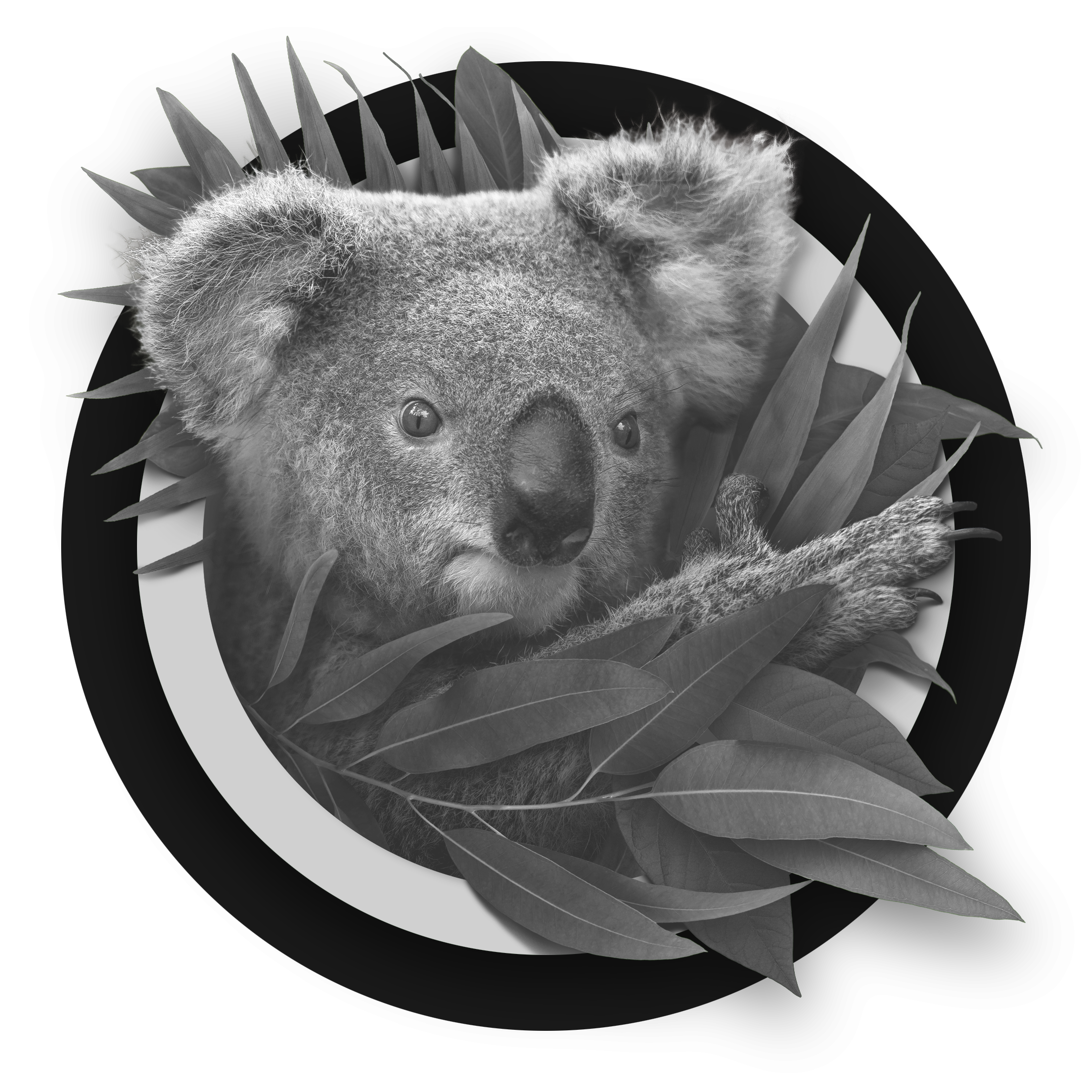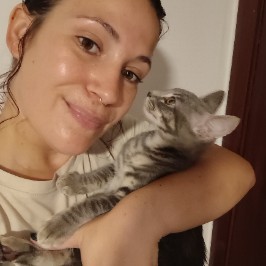What's all the BUZZ about?
Thursday 20th Feb
Australia is home to over 1,700 species of native bees, which play a vital role in pollinating the country's unique and diverse flora. However, these tiny creatures are facing a significant threat to their survival, and the consequences of their decline will have far-reaching and devastating impacts on the environment.
The main culprits behind the decline of Australia's native bees are habitat destruction and pesticide use. As urbanization and agriculture continue to expand, natural habitats are being cleared, leaving native bees without the flowers, trees, and shrubs they need to survive. The widespread use of pesticides, particularly neonicotinoids, has also been linked to the decline of native bee populations. These chemicals can be toxic to bees, causing them to become disoriented, lose their way, and ultimately die.
Native bees are responsible for pollinating many of Australia's iconic plants, including eucalyptus, banksia, and waratah. Without these bees, the reproduction of these plants is under threat, which could have catastrophic consequences for the environment. The loss of native bees would not only affect the plants they pollinate but also the animals that rely on those plants for food and shelter.
The decline of native bees would have a ripple effect throughout the entire ecosystem. Many of Australia's crops, including almonds, apples, and avocados, rely on native bees for pollination. Without these bees, crop yields would decline, leading to food shortages and economic losses. The impact would be felt not only in Australia but also globally, as the country is a significant exporter of agricultural products.
The decline of native bees is a warning sign of a larger environmental problem. The loss of biodiversity, habitat destruction, and pesticide use are all symptoms of a broader issue: humanity's disconnection from nature. The destruction of native bees is a canary in the coal mine, signaling that our actions are having a profound impact on the natural world.
So, What Can We Do?
The good news is that there are steps we can take to protect Australia's native bees. Here are a few ways to make a difference:
1. Plant bee-friendly flowers:
Planting flowers that are rich in nectar and pollen, such as lavender, rosemary, and sunflowers, can provide a source of food for native bees.
2. Reduce pesticide use:
Avoid using pesticides in your garden, and instead opt for natural methods of pest control, such as introducing beneficial insects or using physical barriers.
3. Support sustainable agriculture:
Choose to buy produce from farmers who use sustainable and bee-friendly practices.
4. Create bee habitats:
Create habitats for native bees by leaving some areas of your garden unmanicured and providing nesting sites, such as hollow logs or bee hotels.
The destruction of native bees in Australia is a looming environmental crisis that requires immediate attention. The consequences of their decline will be far-reaching and devastating, affecting not only the environment but also food security and the economy. By taking small steps to protect these vital pollinators, we can help to ensure the long-term health of our ecosystems and the planet. It's time to take action and make a buzz about the importance of preserving Australia's native bees.
Share















